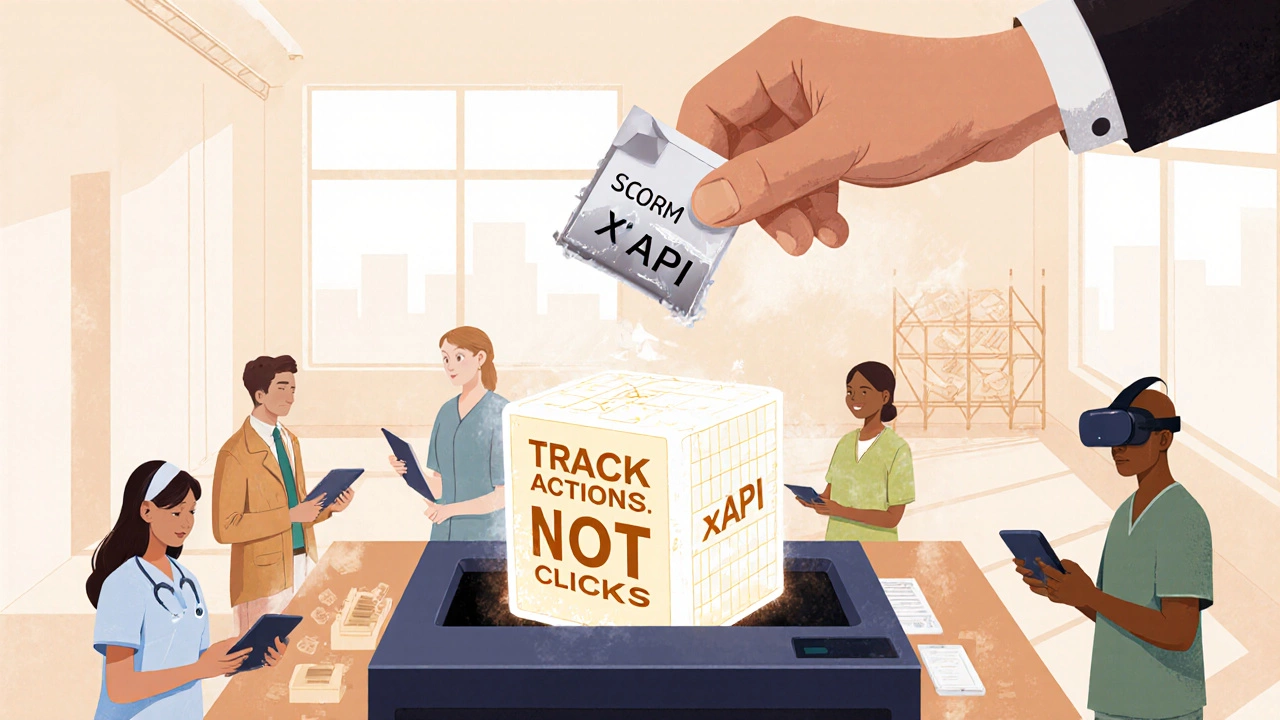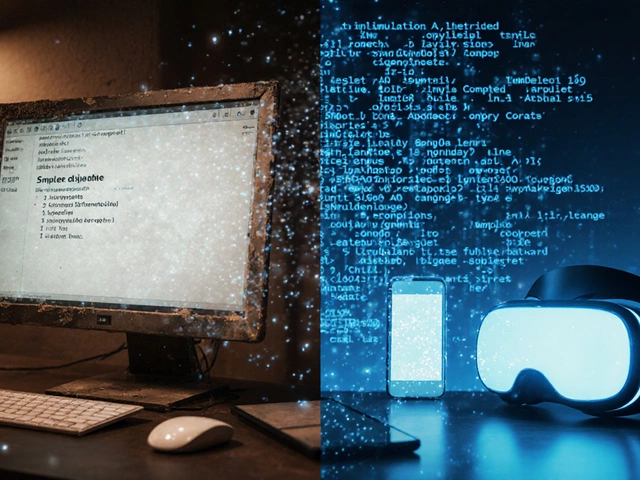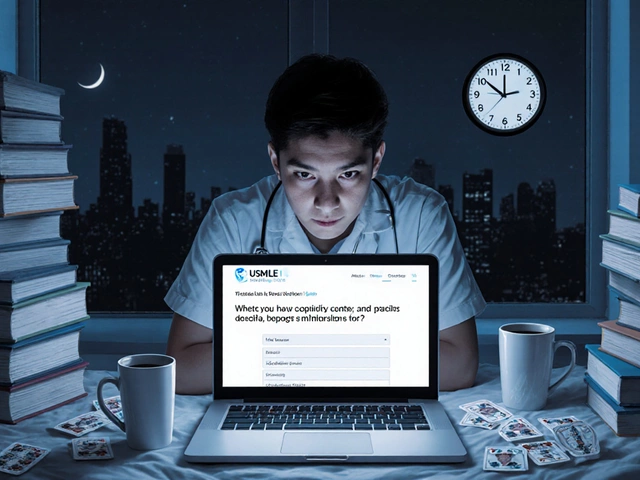SCORM used to be the backbone of online learning. For over two decades, if you wanted to track whether someone finished a course or passed a quiz, you relied on SCORM. But today, most modern e-learning platforms don’t use it at all. Why? Because SCORM is stuck in the past. It can’t handle mobile learning, video interactions, simulations, or real-world performance data. So what’s taking its place? The answer isn’t one single standard-it’s a family of smarter, more flexible technologies working together.
Why SCORM Doesn’t Work Anymore
SCORM, or Sharable Content Object Reference Model, was created in 2001. It was a big step forward back then. It let you package a course into a ZIP file and drop it into any Learning Management System (LMS) that supported it. But that simplicity came at a cost. SCORM only tracks two things: did the learner start? Did they finish? And maybe, did they pass a test?
Today’s learners don’t just sit through 30-minute modules. They watch a YouTube tutorial on their phone, try a virtual lab on a tablet, join a live simulation on a desktop, then log into a chatbot for feedback. SCORM can’t follow any of that. It needs a browser window open, a specific file structure, and constant communication with the LMS. If the learner closes the tab? The tracking stops. If they switch devices? The data gets lost.
Companies using SCORM today are stuck with outdated reports. They know someone clicked ‘complete’-but not if they actually learned anything. That’s why organizations like the U.S. Department of Defense, major healthcare providers, and Fortune 500 training teams have been quietly moving away from it since 2018.
The New Standards: xAPI, cmi5, and LRS
The replacement isn’t one technology. It’s three working together: xAPI, cmi5, and LRS.
xAPI (Experience API), also called Tin Can API, is the foundation. Unlike SCORM, xAPI doesn’t care where the learning happens. It can track a nurse practicing a procedure on a mannequin, a sales rep using a mobile app to review product specs, or a student collaborating on a shared document. Every action sends a simple statement: “John Smith completed the CPR simulation on April 12, 2025, with a score of 94%.” That’s it. No browser, no ZIP file, no LMS dependency.
cmi5 is the bridge between xAPI and older LMS systems. Think of it as SCORM’s modern cousin. It uses xAPI under the hood but wraps it in a familiar structure that LMS platforms can still recognize. If your company still uses an old LMS but wants to track simulations or mobile learning, cmi5 lets you upgrade without rebuilding everything. It’s the easiest path for organizations still clinging to legacy systems.
LRS (Learning Record Store) is the data hub. While SCORM sent all data back to the LMS, xAPI sends it to the LRS-a separate database designed just for learning data. This means you can pull insights from multiple sources: your LMS, your CRM, your HR system, even your internal wiki. You can see not just who completed training, but who improved their sales closing rate after watching a video, or who made fewer errors after a VR drill.
Real-World Examples: What This Looks Like Today
At a large hospital in Texas, nurses used to complete mandatory infection control training via SCORM modules. The completion rate was 98%. But audit reports showed 40% of staff still didn’t follow hand hygiene protocols. They switched to an xAPI-powered system that tracked actual behavior: how often nurses entered and exited patient rooms, whether they used hand sanitizer, and how long they scrubbed. Within six months, compliance jumped to 92%-not because the training got longer, but because it became measurable in real life.
A global logistics company replaced its SCORM-based safety training with a mobile app that uses xAPI. Workers now watch short videos on their phones before shifts, then scan QR codes at equipment stations to confirm they’ve reviewed safety checks. The LRS collects data from 12,000 devices daily. Managers now see which teams are skipping steps, which videos are confusing, and which safety rules need rewriting-all in real time.
Even universities are switching. Stanford’s engineering program now uses cmi5 to track students in virtual labs. Instead of just seeing a grade on a quiz, instructors see how many times a student restarted a circuit simulation, where they got stuck, and how long they spent troubleshooting. That’s data you can’t get from SCORM.
What You Should Do Now
If you’re still using SCORM, you’re not alone-but you’re falling behind. Here’s how to move forward:
- Check your LMS: Does it support xAPI or cmi5? Most modern platforms like Docebo, Cornerstone, or TalentLMS do. If yours doesn’t, ask your vendor when it’s coming.
- Start small: Pick one course-maybe onboarding or compliance-and rebuild it using cmi5. Use a free LRS like Learning Locker or Watershed to collect data.
- Ask the right questions: Stop asking, “Did they complete it?” Start asking, “Did their behavior change?” Track actions that matter: clicks, time spent, mistakes made, repeated attempts.
- Train your team: If your L&D team only knows SCORM, they’ll struggle with xAPI. Invest in basic training on learning analytics. You don’t need to be a developer-just understand what data you’re collecting and why.

What’s Not Replacing SCORM
Some vendors claim their proprietary system is the “next SCORM.” That’s misleading. If it only works inside their platform, it’s not a standard-it’s a trap. Avoid anything that locks you into one vendor. The whole point of xAPI and cmi5 is interoperability.
Also, don’t confuse xAPI with LMS features like badges, certificates, or gamification. Those are nice extras, but they don’t replace the tracking backbone. xAPI is the engine. Everything else is just the dashboard.
The Future Is Data-Driven Learning
SCORM was designed for a time when learning meant watching videos and clicking next. Today’s learning is messy, mobile, and real-world. The new standards embrace that chaos. They don’t force learning into a box-they follow it wherever it goes.
The shift isn’t just about technology. It’s about mindset. You’re no longer measuring completion. You’re measuring performance. And that’s why SCORM is gone-not because it broke, but because we outgrew it.
Is SCORM completely dead?
Not officially, but it’s functionally obsolete. Most new e-learning projects avoid it. Some legacy systems still run SCORM courses, but no major vendor is building new features for it. If you’re starting fresh, don’t use it.
Can I convert my old SCORM courses to xAPI?
You can’t convert them directly. SCORM courses are built differently. But you can rebuild them using xAPI-compatible tools like Articulate 360, Adapt, or H5P. Start by mapping what you want to track-clicks, video views, quiz attempts-and rebuild the experience around those actions.
Do I need an LRS to use xAPI?
Yes. xAPI statements need a place to live. You can use a cloud-based LRS like Watershed, Learning Locker, or TalentLMS’s built-in store. Some LMS platforms include an LRS. Don’t try to store xAPI data in your regular database-it won’t work.
Is cmi5 better than xAPI?
They’re not competitors. cmi5 is built on xAPI. Think of cmi5 as a rulebook for how to use xAPI in an LMS. If you need compatibility with older systems, use cmi5. If you’re building mobile apps, simulations, or games outside an LMS, use raw xAPI.
What’s the easiest way to start using xAPI?
Use a tool like Articulate 360 or H5P. Both let you publish courses that send xAPI data automatically. Pair it with a free LRS like Learning Locker. Test it with one course. You’ll see data you never got with SCORM-like how long learners paused a video or which quiz question tripped up 70% of people.






